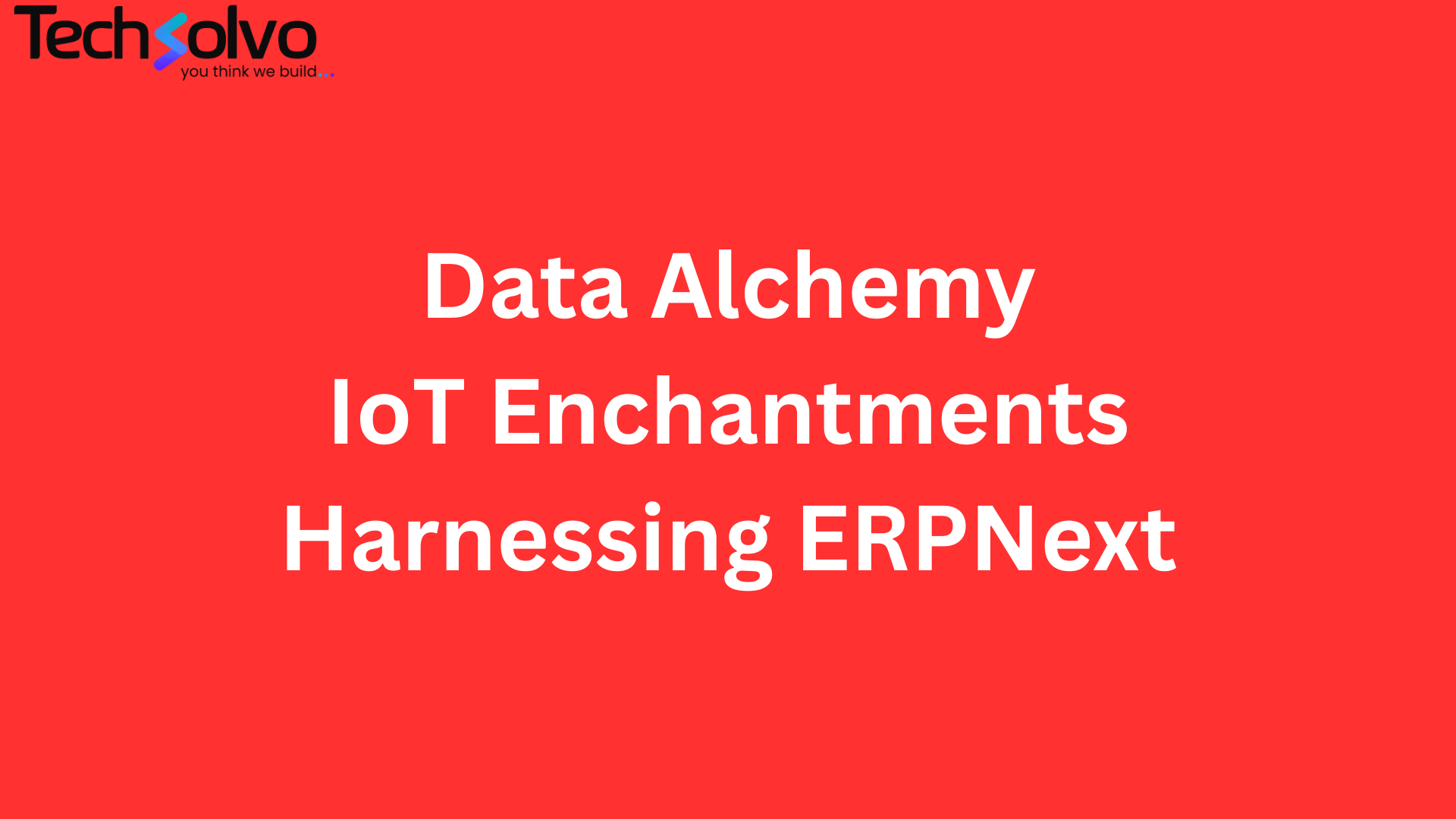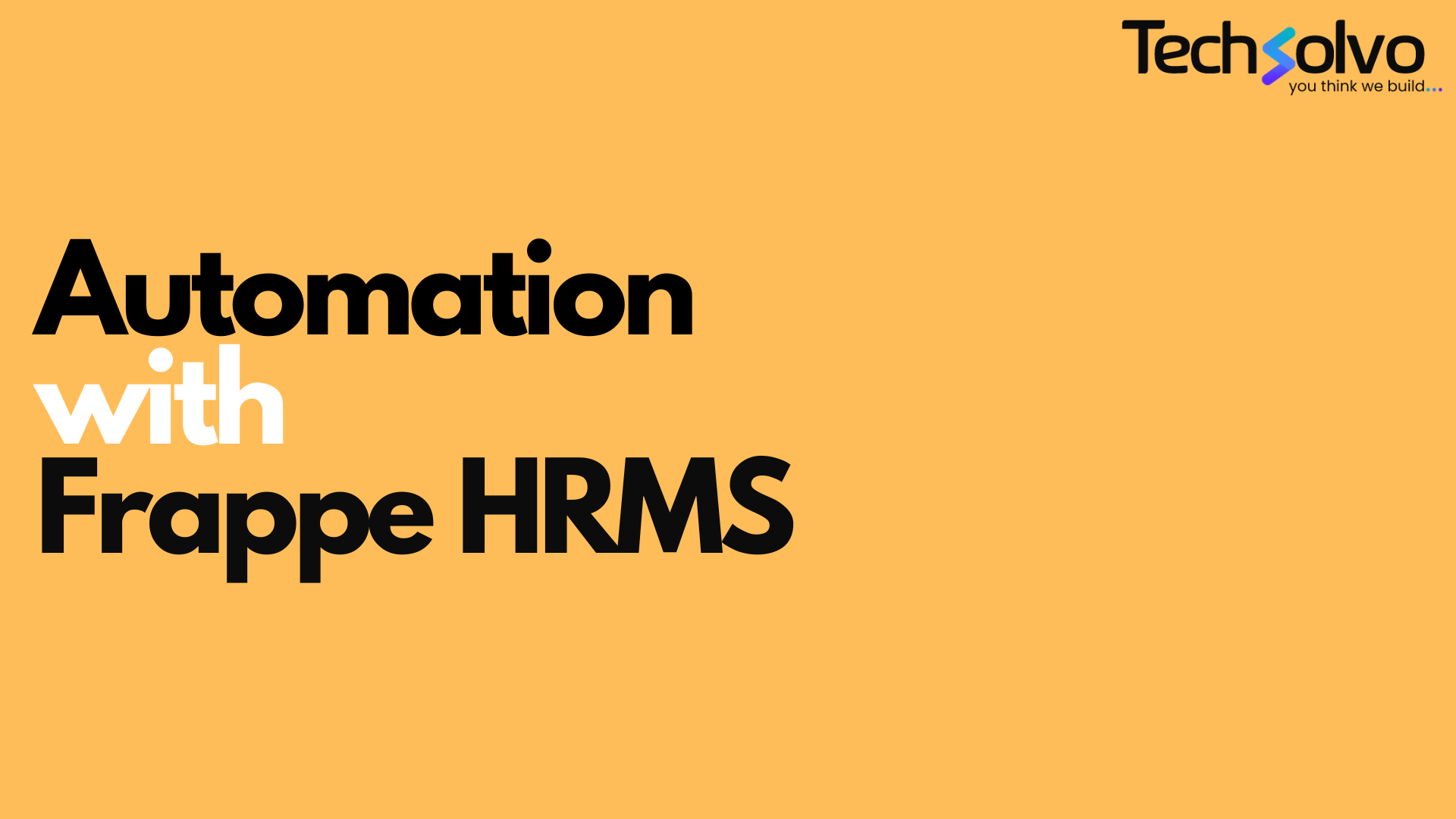
Introduction: Why Data Analytics for IoT Matters
With billions of IoT devices collecting data in real time—ranging from temperature sensors to smart meters—organizations must harness this information to drive efficiency, automation, and predictive insights. That’s where data analytics and ERP systems come into play.
Best Tools for IoT Data Analytics
Here are the top tools commonly used for analyzing IoT data:
1. Grafana
An open-source tool perfect for real-time dashboards. Grafana integrates well with time-series databases and supports MQTT and Prometheus for IoT telemetry data.
2. Kibana + Elasticsearch
Ideal for visualizing large-scale IoT log data and telemetry, especially for complex search and anomaly detection.
3. InfluxDB
A time-series database tailor-made for IoT metrics and events. It stores high-volume data with high granularity.
4. Power BI
For enterprises using Microsoft tools, Power BI allows importing IoT data for custom reports and dashboards.
5. Node-RED
Used for wiring together devices, APIs, and services. Great for light data transformation before feeding into databases or ERP.
How ERPNext Helps in IoT Data Analytics
ERPNext, built on the Frappe framework, can be customized to receive and process data from IoT devices. Here's how it fits into the analytics pipeline:
1. MQTT Integration with ERPNext
By using an MQTT broker like EMQX or Mosquitto, you can subscribe to device data and push it into ERPNext using Python scripts, REST APIs, or WebSocket bridges.
2. Storing Sensor Data in ERPNext Doctypes
You can define custom Doctypes (e.g., "Machine Reading", "Sensor Logs") in ERPNext to store IoT data in structured formats, enabling history tracking and reporting.
3. Real-time Dashboards using ERPNext Charts or Grafana
Use ERPNext’s dashboard engine or integrate with Grafana for real-time visualization of critical parameters like machine health, temperature, load, etc.
4. Alerts and Automation
Set up auto-alerts, conditional logic, and background jobs in ERPNext when specific thresholds are crossed—such as triggering maintenance or stock reordering.
5. Integration with Manufacturing or Asset Modules
IoT data can update asset status, machine uptime, or even trigger workflows in ERPNext’s Manufacturing or Asset Management modules, allowing seamless operational automation.
Real-Life Use Case: Smart Manufacturing with ERPNext
Let’s say a company uses IoT sensors to monitor machine vibration and energy consumption. By feeding this data into ERPNext:
-
Predictive maintenance alerts can be triggered.
-
Machine downtime can be tracked in real time.
-
Inventory for spare parts can be auto-managed.
-
Performance reports can help optimize plant efficiency.
Final Thoughts
IoT data is only valuable when turned into actionable insight. By integrating powerful analytics tools with ERPNext, businesses can not only view real-time data but also automate operations based on those insights—making your ERP truly smart.
Insights
To properly understand the things that are prevalent in the industries, keeping up-to-date with the news is crucial. Take a look at some of our expertly created blogs, based on full-scale research and statistics on current market conditions.

Unlocking the Power of Data Analytics for IoT Devices with ERPNext
Explore how businesses can gain real-time insights from IoT devices using modern data ana…

How to Store IoT Data Inside ERPNext: A Complete Guide for IoT Companies
A complete guide for IoT and manufacturing companies on integrating machine-generated dat…

Automation in Human Resource Management with Frappe HRMS
Discover how HR automation with Frappe HRMS can streamline HR operations, enhance employe…

